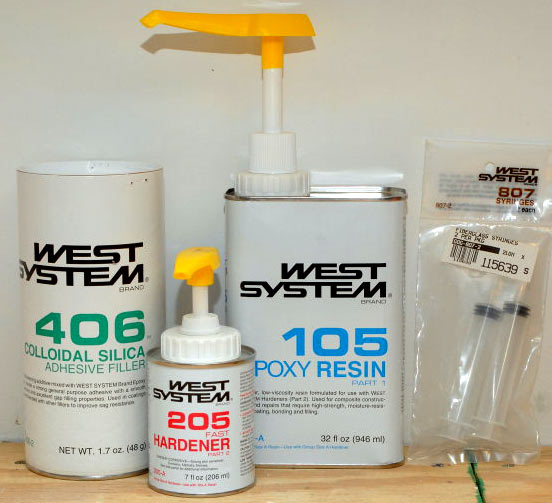O-Day 28 1981 so old. I am replacing the entire waste system (tank and all). I had to pull out the deck fitting to remove the final bit of hose.
The fitting was held in place by 3 wood screws. No bolts through the deck and no backing plate. I bought new fitting which has a larger flange.
My problem: the wood is soft and moist. I cannot tell if the water logged area is "local" to the fitting or extends further. Boat in on land and will dry all winter.
Should I:
1- Ignore and screw new fitting in place using wood screws
2- Ignore BUT use thru-bolts with a proper backing plate on the inside of cabin
3- Remedy moisture issue (do not really know how) and then proceed according to 1

The fitting was held in place by 3 wood screws. No bolts through the deck and no backing plate. I bought new fitting which has a larger flange.
My problem: the wood is soft and moist. I cannot tell if the water logged area is "local" to the fitting or extends further. Boat in on land and will dry all winter.
Should I:
1- Ignore and screw new fitting in place using wood screws
2- Ignore BUT use thru-bolts with a proper backing plate on the inside of cabin
3- Remedy moisture issue (do not really know how) and then proceed according to 1


 .
.